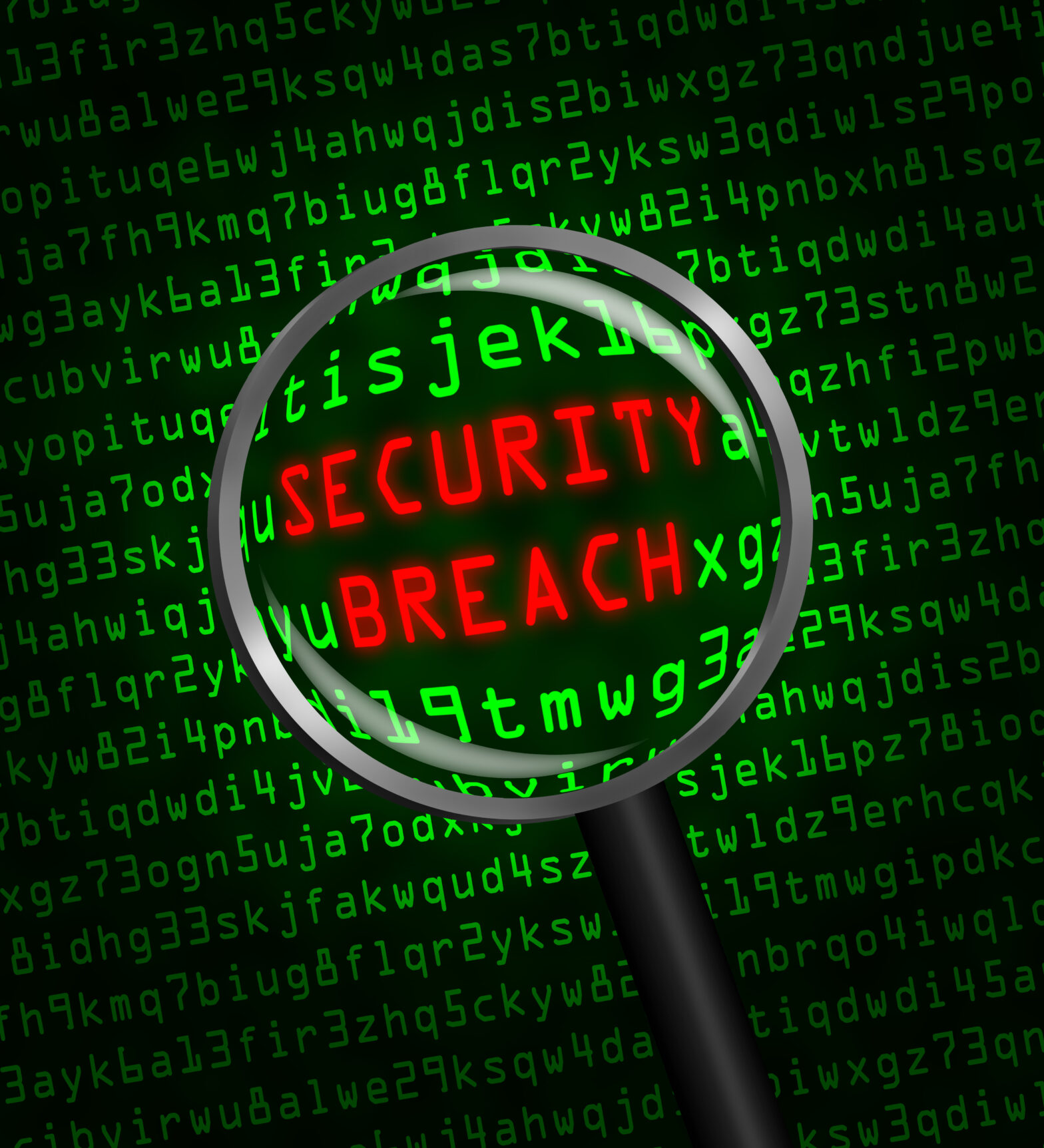Some 23 per cent of businesses have very little visitor security and 36 per cent have no visitor security processes at all, according to a study by Digital ID.
Most businesses only have locks or security lights, with nearly two thirds admitting they are not in use during working hours. Only 41 per cent have more complex security measures in place with ID cards and restrictive access gates being the most popular.
Despite one in five of SMEs experiencing a security breach in the past year, SMEs seem ignorant about the effects it can have to business. As well as having a financial impact, security breaches can have an impact on staff moral and customer trust.
Adam Bennett, digital marketing manager at Digital ID says that, at the very least, small businesses should have cyber security in place, but construction sites or building firms for example, should make sure there’s a level of access control in areas where items or equipment could be stolen.
‘It’s surprising how much we hear of this kind of security breach, with a lot of it happening in broad daylight.’
Bennett notes that it is not just equipment that can be lost too, but important data such as payment details and intellectual property, costing a business its reputation as well as money.
‘Although every business has different needs, it’s still unfortunate to see so many businesses with little to no security, yet more than two thirds said they would be prepared to invest up to £10,000 in building security.’
In light of the research, Digital ID advises on diligent cyber security to protect a company’s intellectual property from viruses, bots, hackers and rogue employees by restricting access to client data and payment details.
Access control methods such as ID cards, swipes and barriers or gates can be set up to restrict access for certain people in specified areas of the building or premises, reducing the risk of important equipment being stolen, adds the organisation.
Staff ID and visitor ID cards are also advised to allow a business to monitor the exact number of people that have entered the building; useful not just for security but also for health and safety reasons or in the case of an emergency exit, such as a fire.





